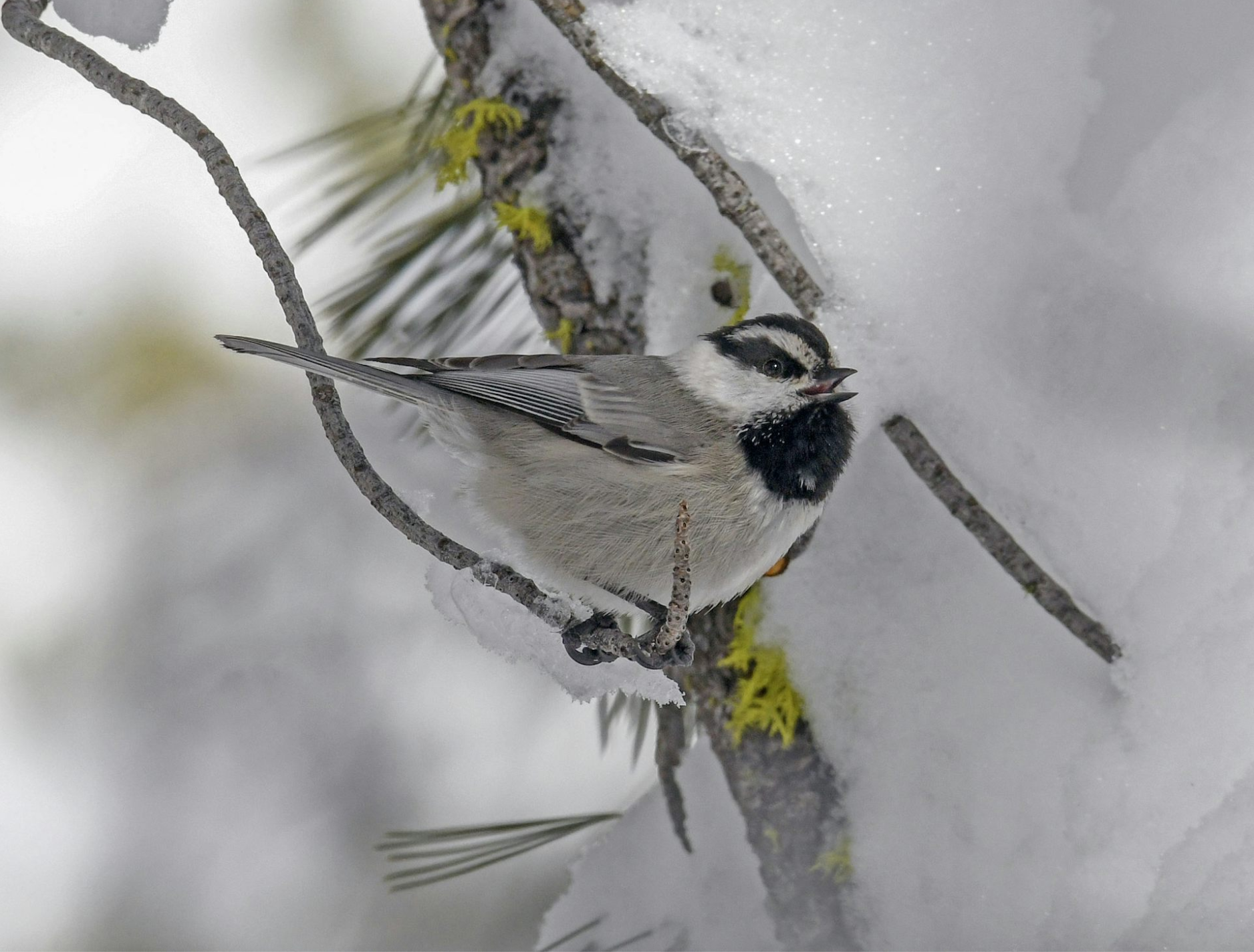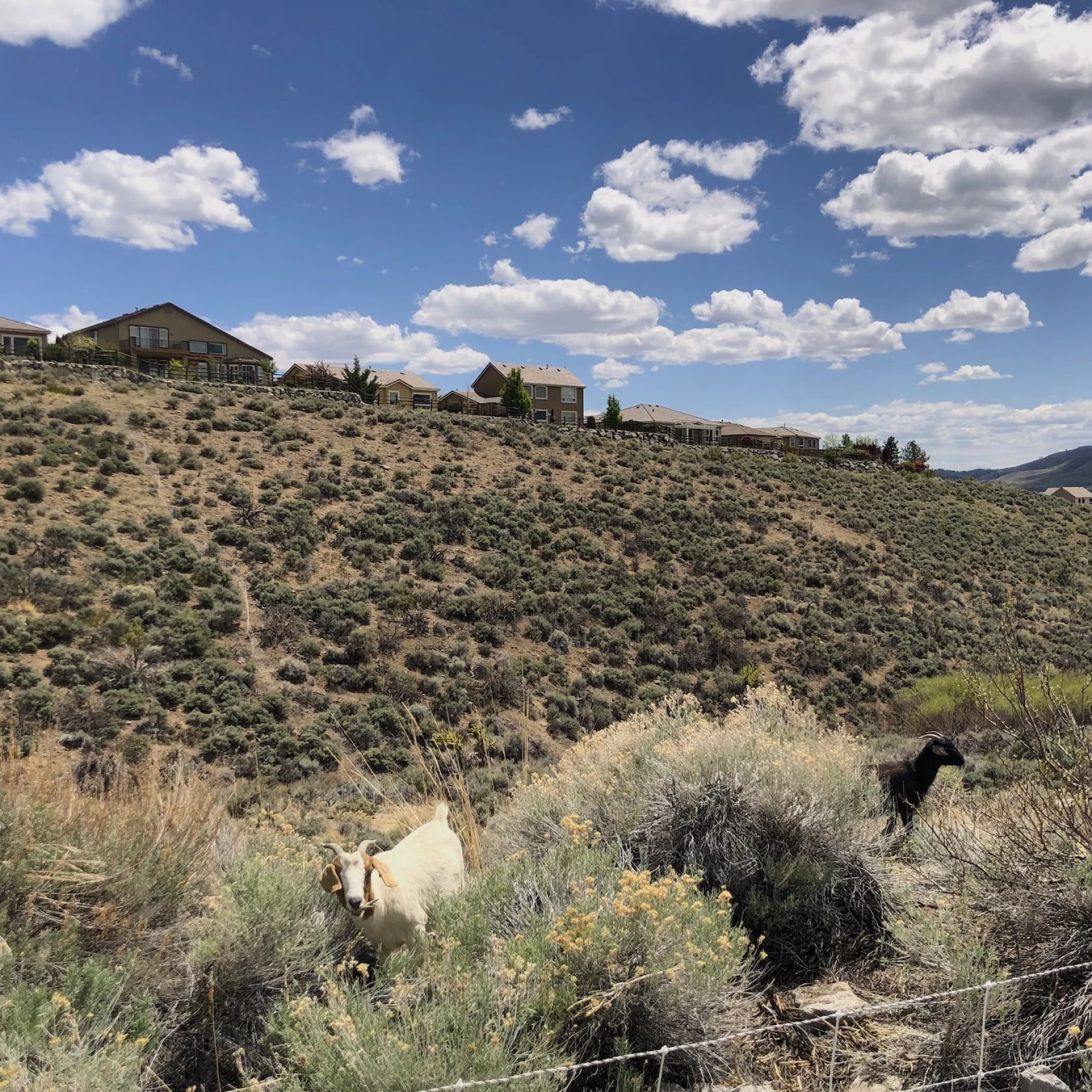Aquatic Invasive Species (AIS) like the quagga mussel can clog water intake structures, disrupt recreation, and cost millions in repairs. Once they are established in a water body, these thumbnail-sized mussels are nearly impossible to irradicate. This is a growing concern for Northern Nevada, as quagga mussels have been found as close as Lake Mead.
Preventative measures are the best way to control the spread of the resilient quagga mussel, which can live out of water for up to a week and in standing water for up to 30 days. Carefully inspecting boats and equipment to make sure they are clean, drained, and dry before entering the water can help protect water bodies from these tiny invaders.
From the shores of Pyramid Lake, student Jeremiah Sampson from the Reynolds School of Journalism explains the unique challenges that quagga mussels pose to Nevada waterways — and what boaters can do to help stop the spread.
Jeremiah Sampson is a Master’s student with the media innovation program at the Reynolds School of Journalism. Jeremiah produced this story for RSJ’s motion graphics class during spring 2024, taught by Luka Starmer.





